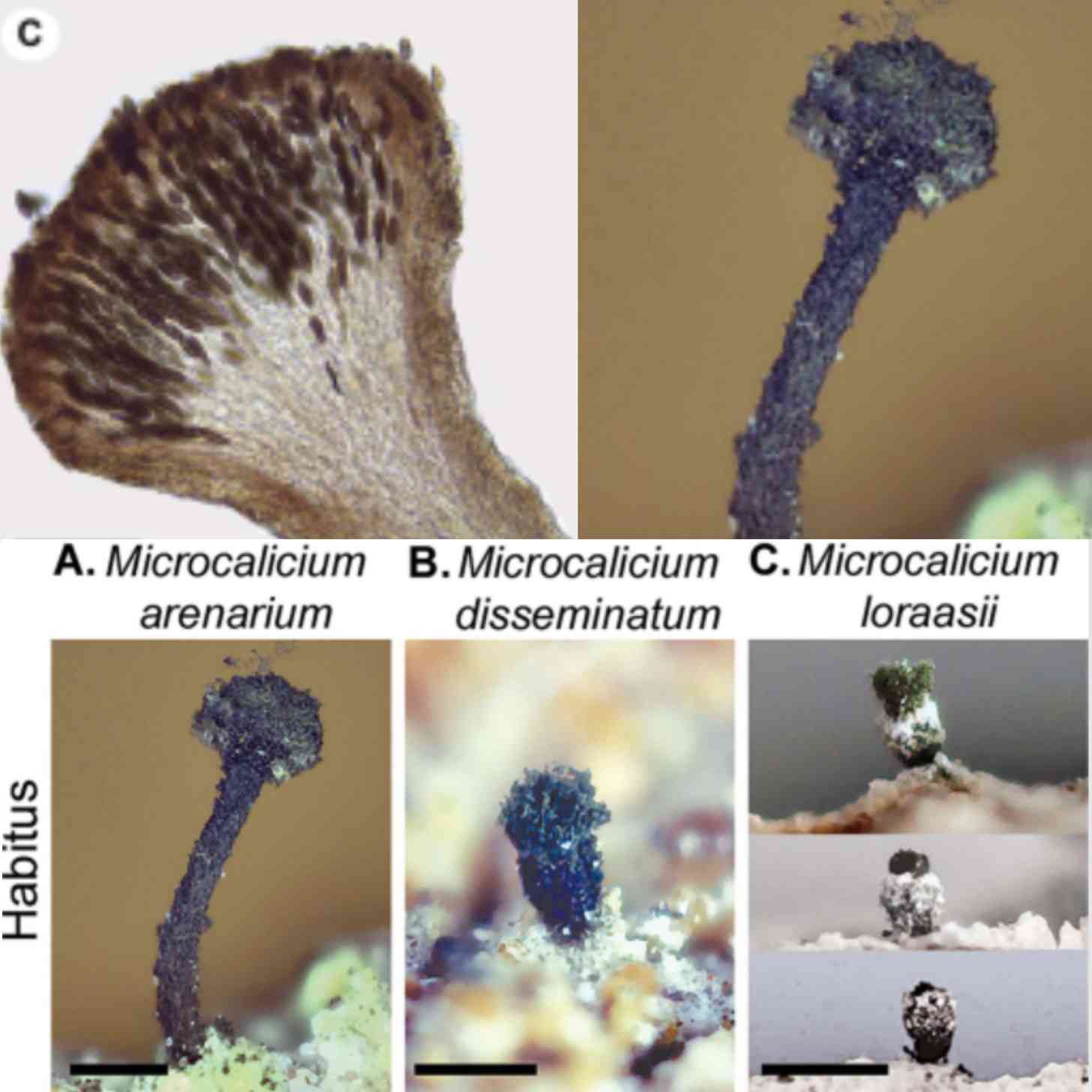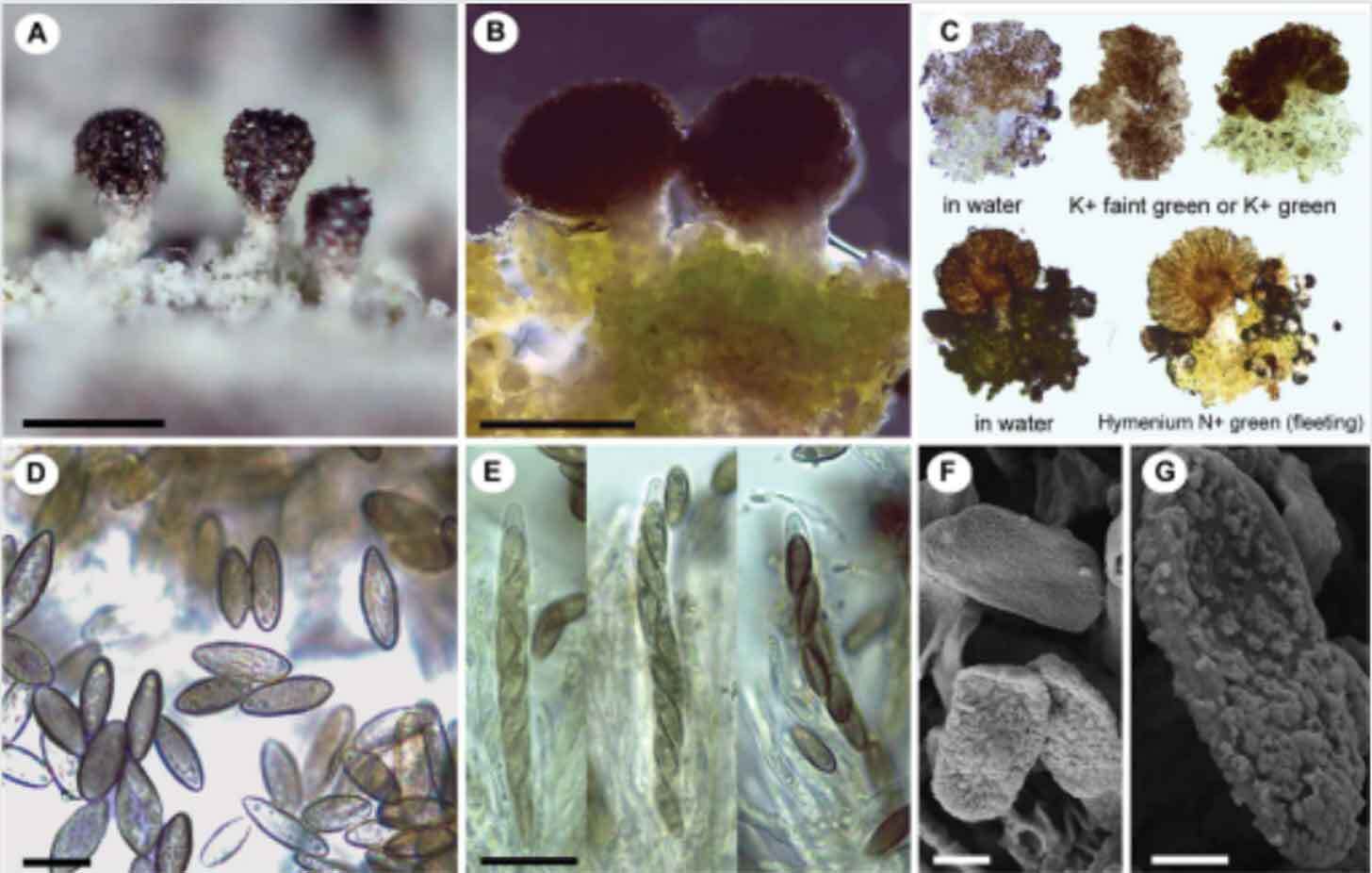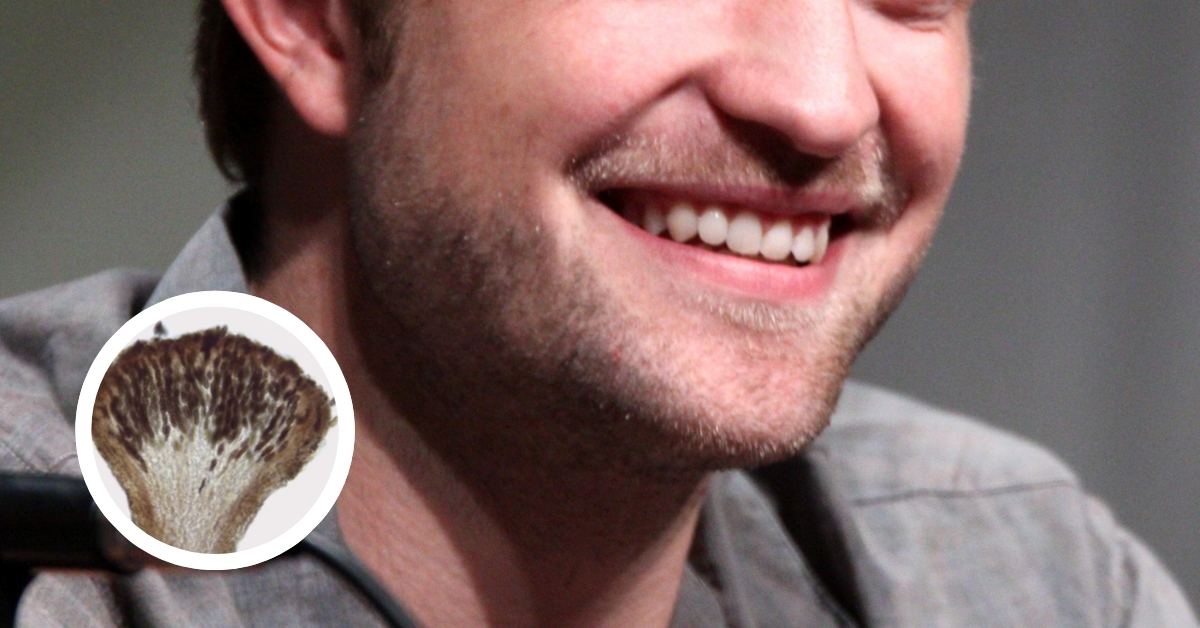A 13-year study has led to the discovery of 13 new species of mushrooms in the province of Alberta, Canada.
The lengthy study was led by lichen scientist Diane Haughland — a lecturer in the Faculty of Agricultural, Life & Environmental Sciences at the University of Alberta.
“Alberta is home to 13 new species that have not been found anywhere else on the planet, including a few in our own urban backyard,” Haughland said in a university interview with journalist Bev Betkowski.
“And while we tend to be blinkered and think our cities and parklands are not very interesting, they harbor exciting diversity that we don't necessarily understand or appreciate yet. It makes me wonder about the unique conditions that are allowing these species to live here.”
The 13 new species of calicioids were named “stubble fungi” due to their scruffy “beard-like” whiskers. Their discovery brings the total number of stubble fungi found in Alberta to 73.
The miniature, pin-like mushrooms were found across a wide swath of land, from river valleys and southern farmlands to wetlands and foothills forests.
Haughland says every fungus signals “undiscovered biodiversity” and acts as an indication of a healthy environment, especially as they stumbled upon them growing on dead trees.

“Functionally, many calicioids tend to occur in environments like old forests that have a lot of value from a conservation perspective,” she explained. “If we know that the fungi are more abundant in those habitats, that suggests these areas should be a priority for conservation.”
The 13 new species join a burgeoning number of stubble fungi across North America, including four in Canada, one in western North America, and one in the Yukon and Northwest Territories.
“Knowing what species exist and where they live is the first step toward effective environmental monitoring and conservation,” Haughland said.
“This resource is going to be helpful here, and around the world, for people to better understand both the existing and new species of stubble fungi.”
Haughland said that their team’s extensive research, which was published in the scientific journal “The Bryologist” in late September, is crucial to future conservation efforts.

“While it's neat to think about those 13 new species as unique to Alberta, that also makes them vulnerable,” Haughland said. “I hope this resource will help other scientists look for these species in their own backyards.”
And, at the end of the day, Haughland said that these unique new mushrooms are a simple reminder that scientific discoveries are just plain fun.
“As scientists, we just love these things,” Haughland said. “Many are colorful, and they are often found in interesting places that are fun to explore. There is a treasure hunt aspect—you need to learn how and where to look for them, and the reward feels like finding a mini pot of gold sometimes.”
“Maybe they also appeal to the same side of humanity that enjoys miniature cars or dollhouse furniture,” she noted. “They're just darned cute!”
You may also like: Scientists discover new black, glossy snake species. They named it after Steve Irwin
Header image: Robert Pattinson at the 2012 Comic-Con in San Diego. Image via Gage Skidmore / Wikimedia Commons (CC BY-SA 3.0) and insert image via Diane L. Haughland et al



